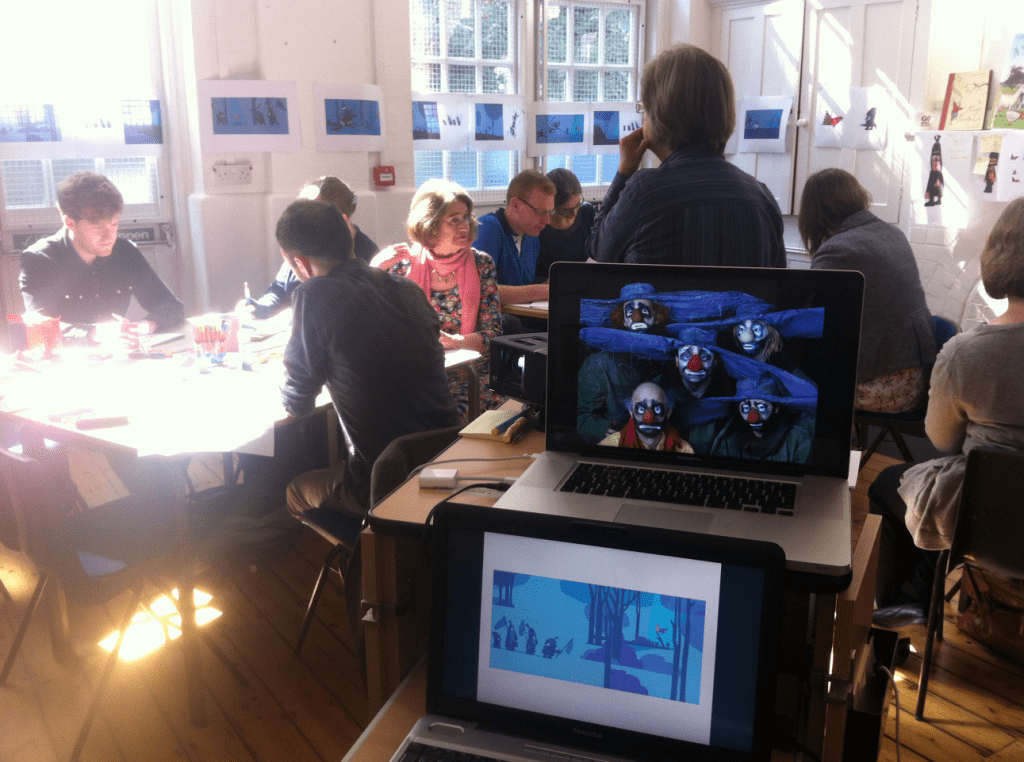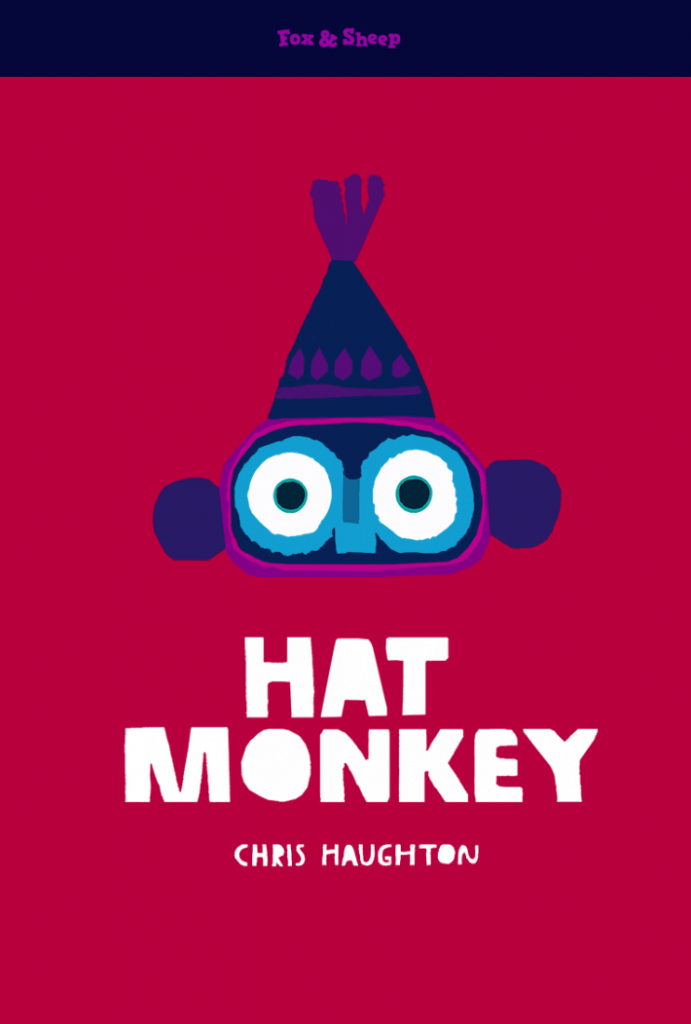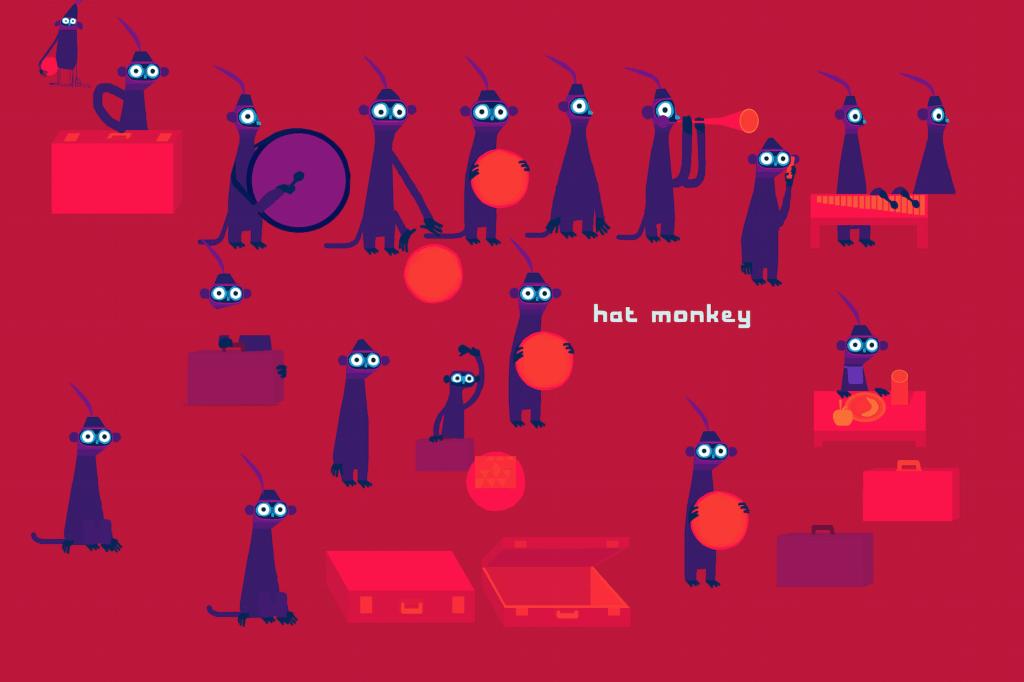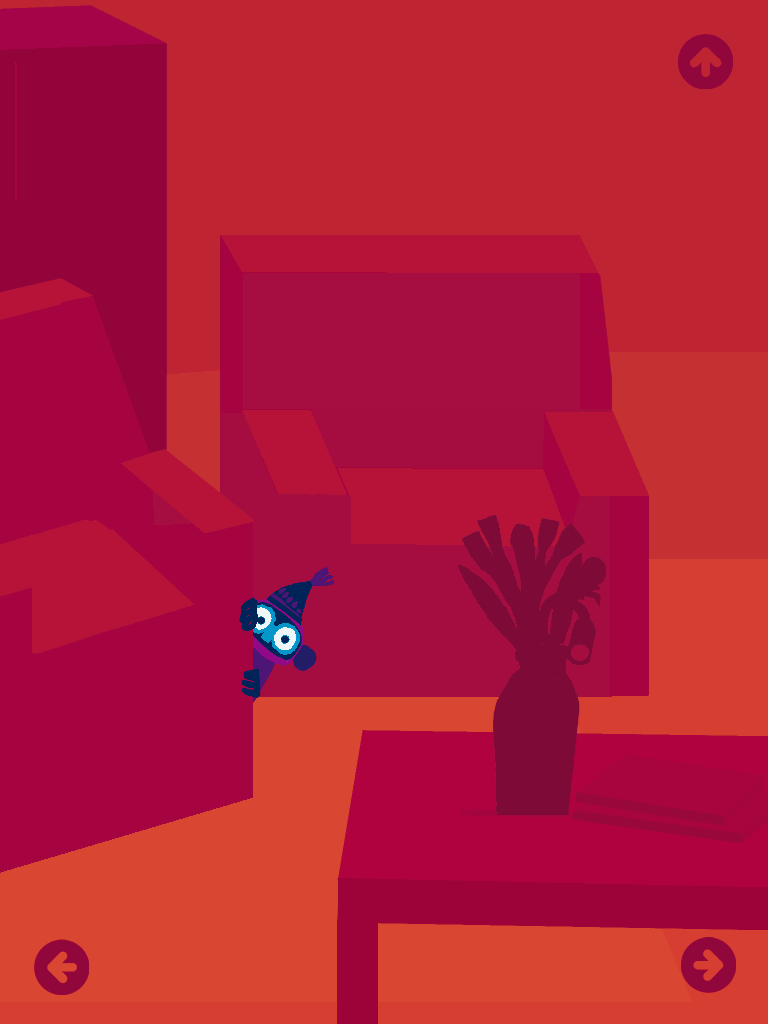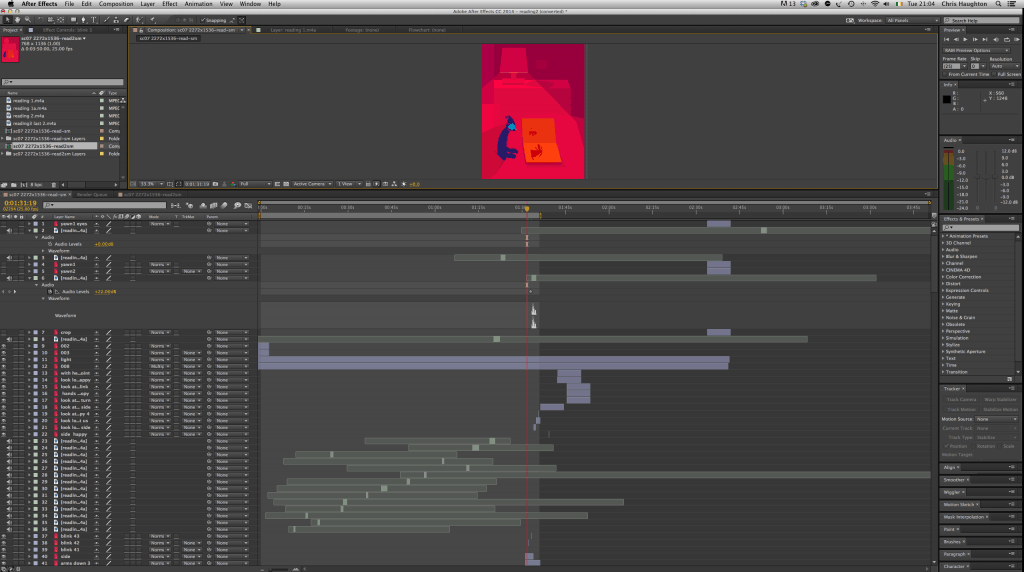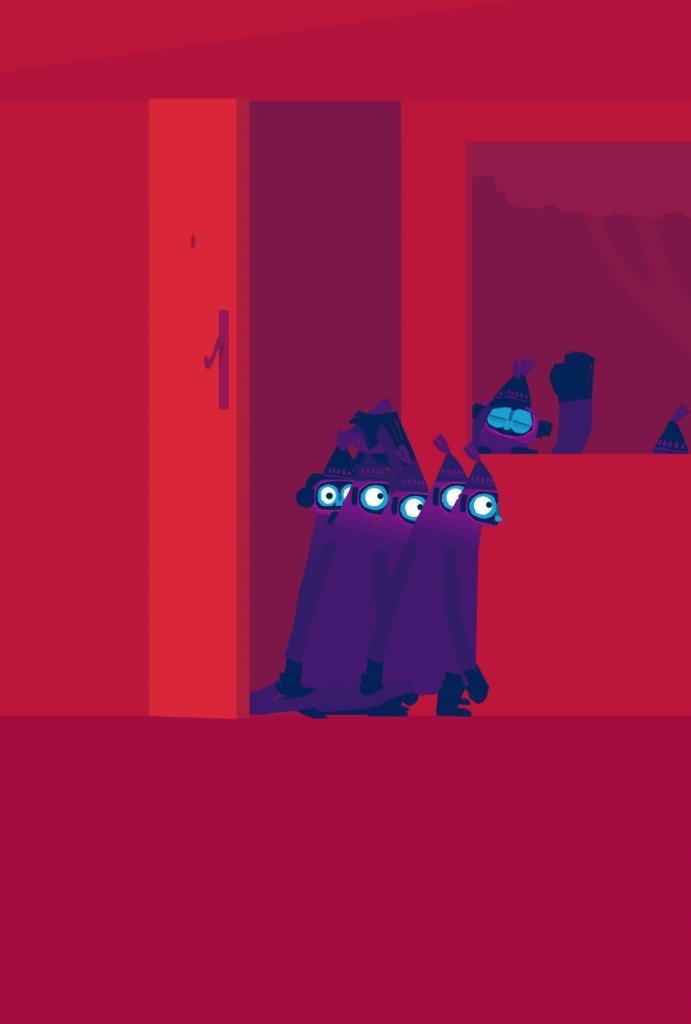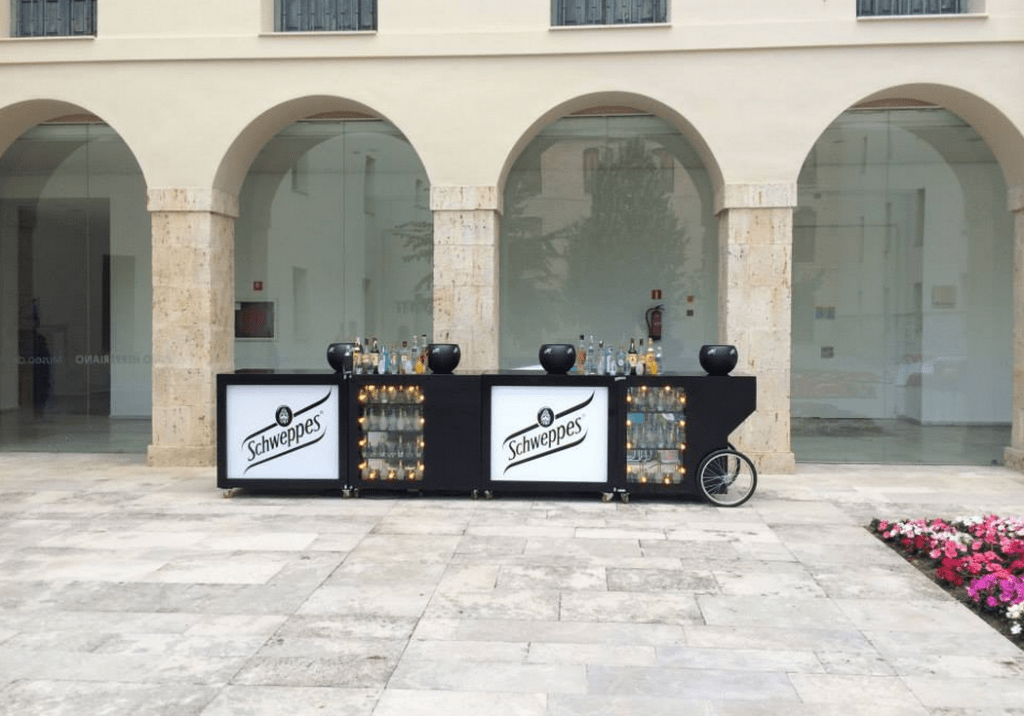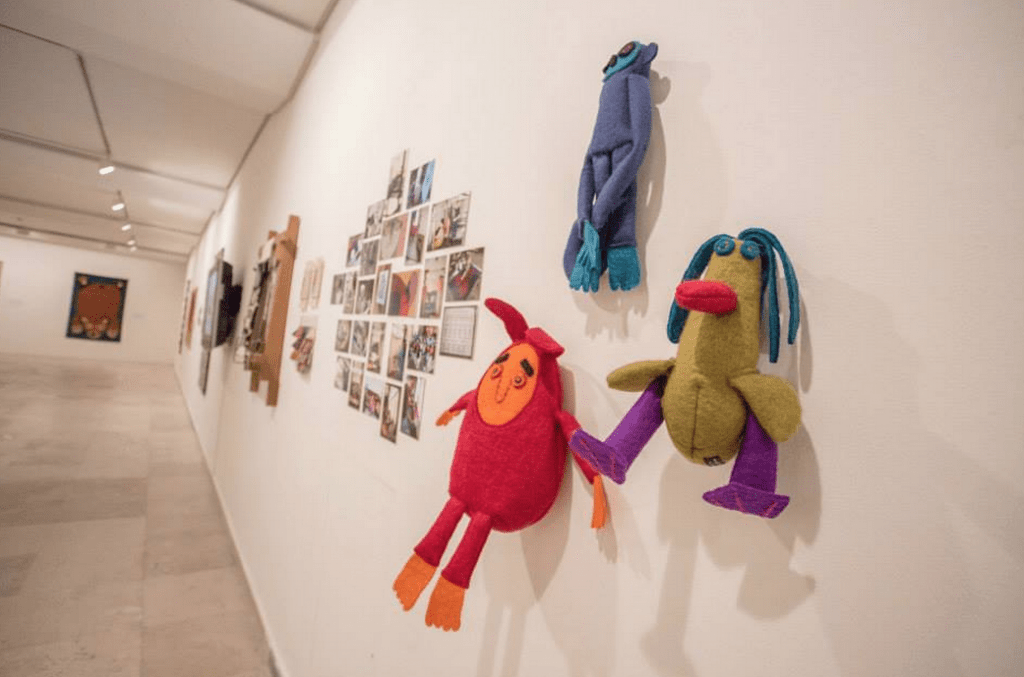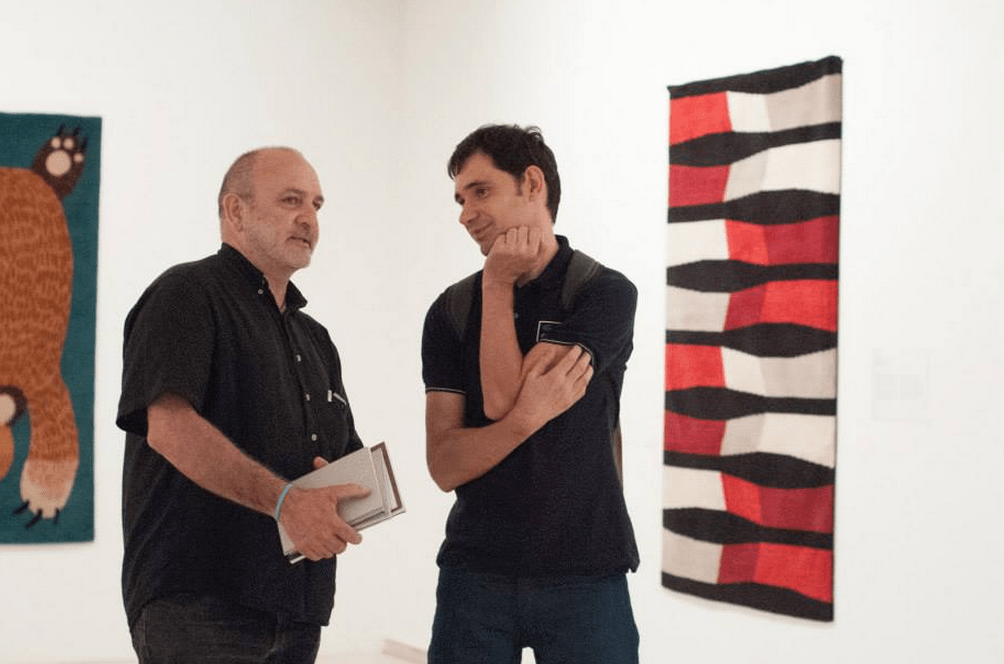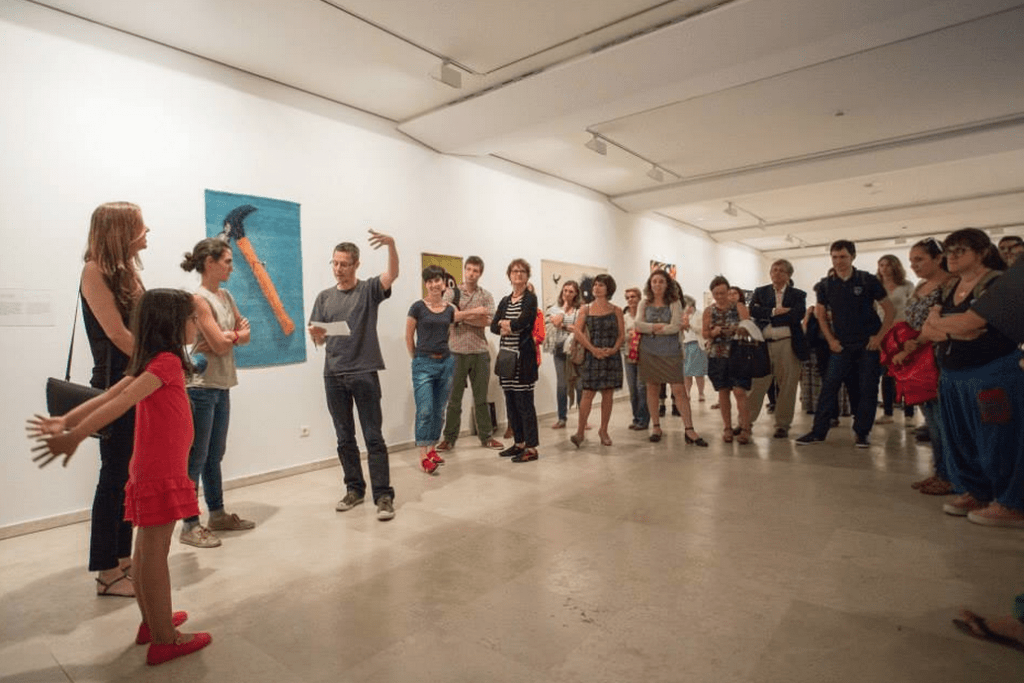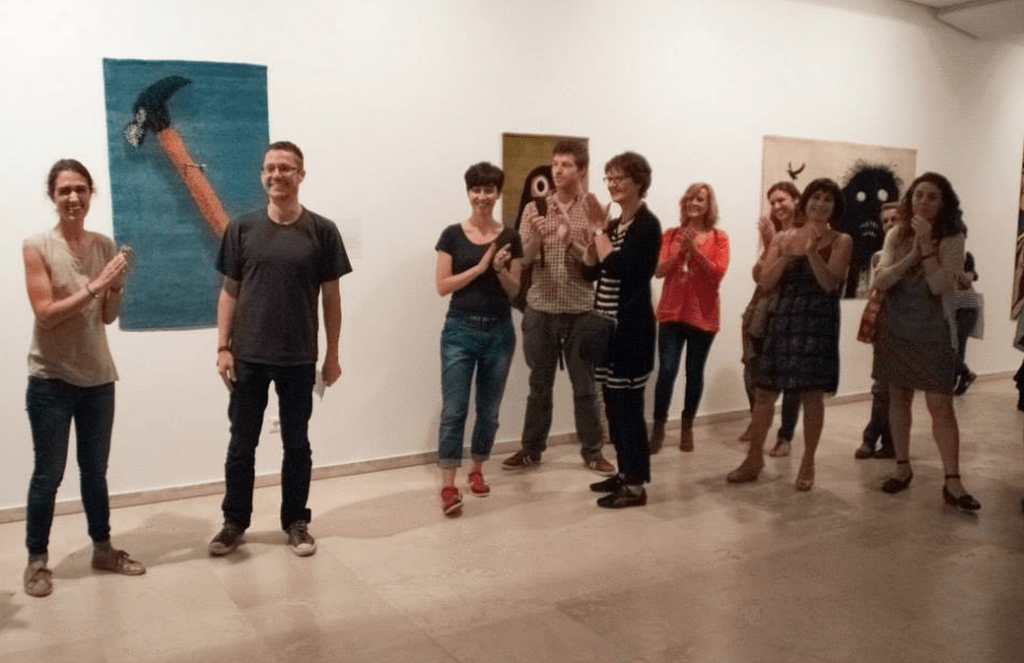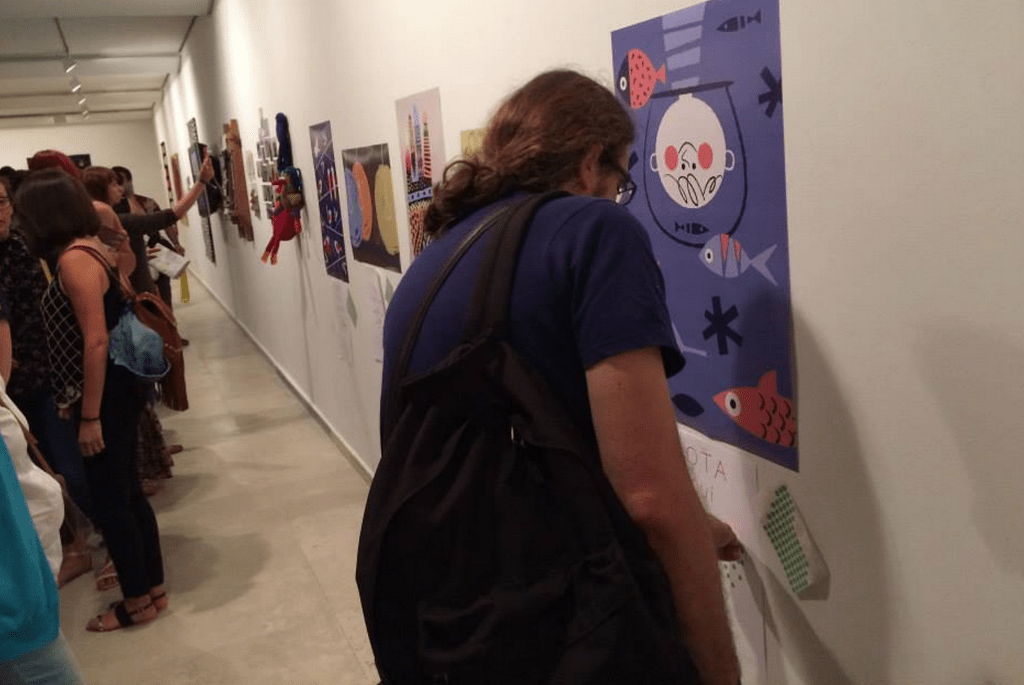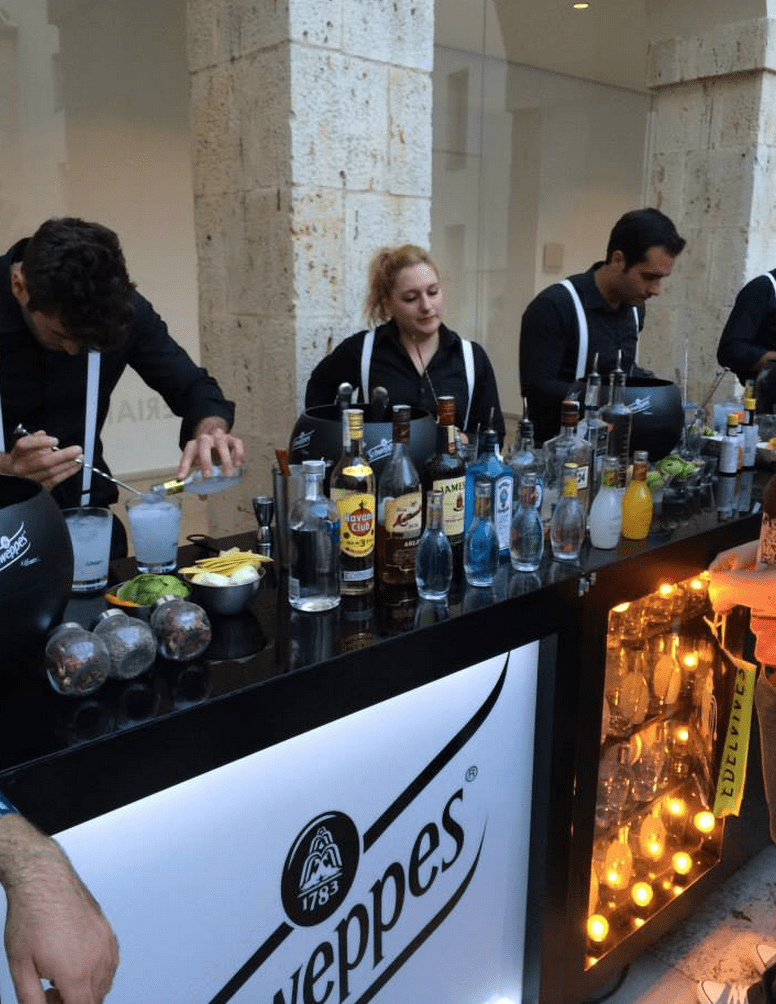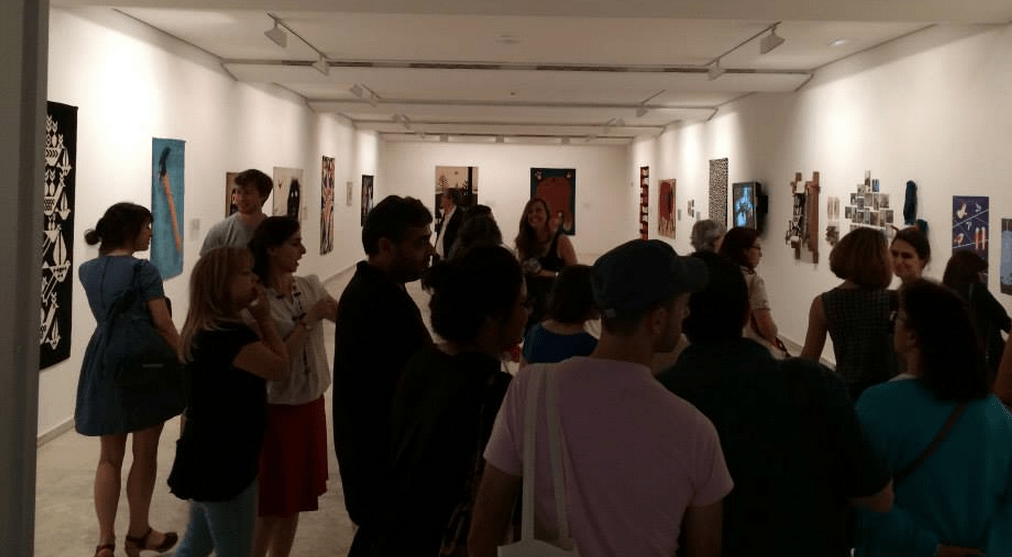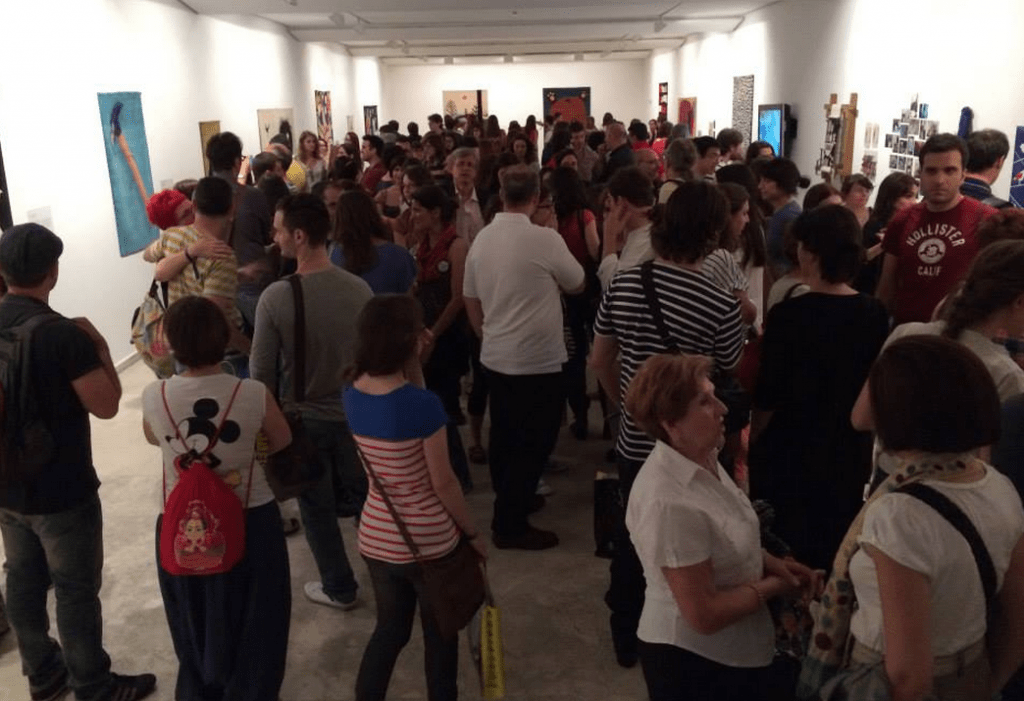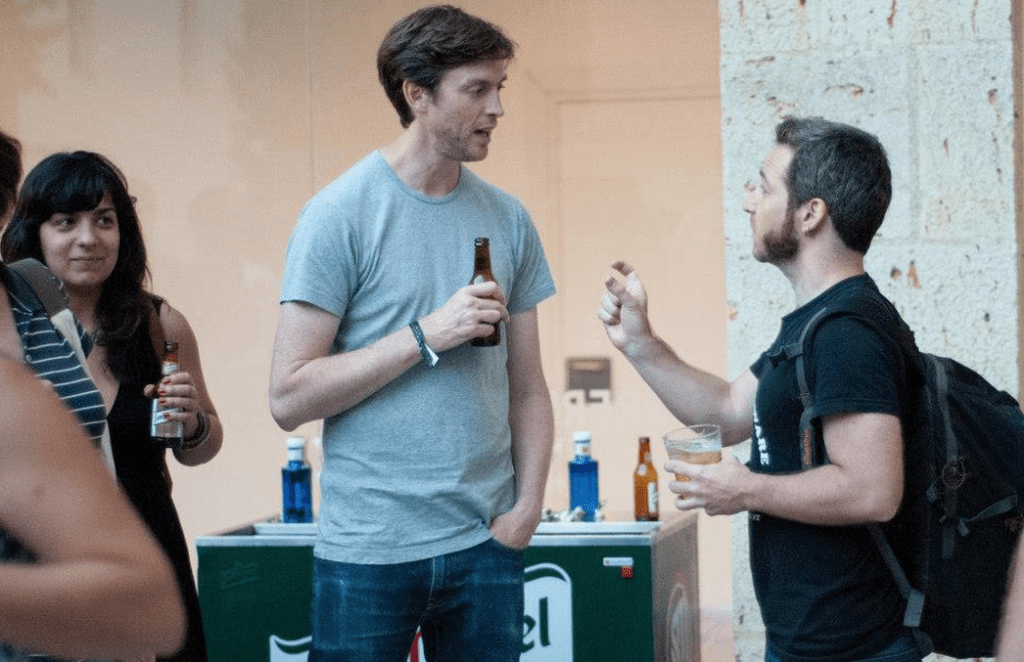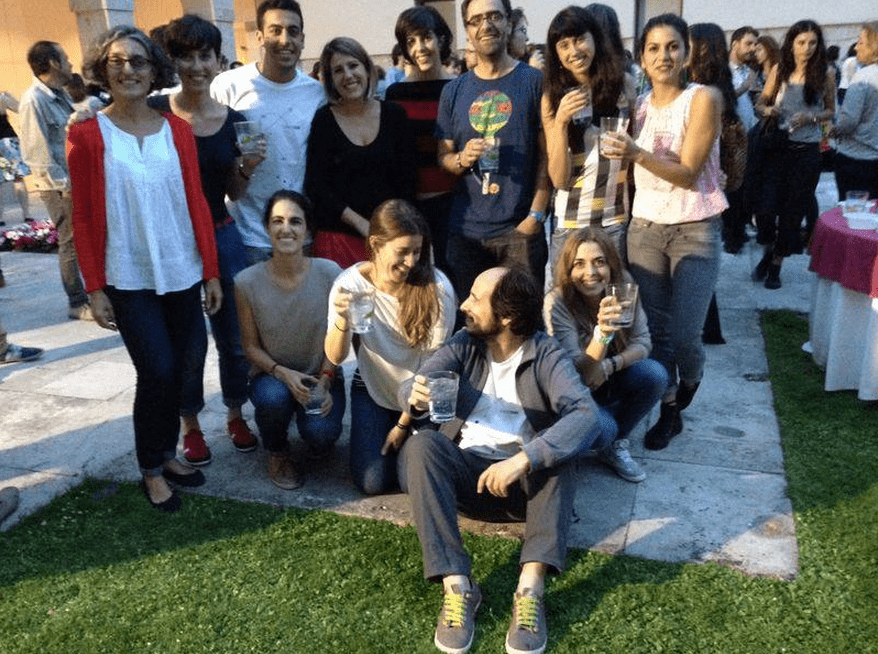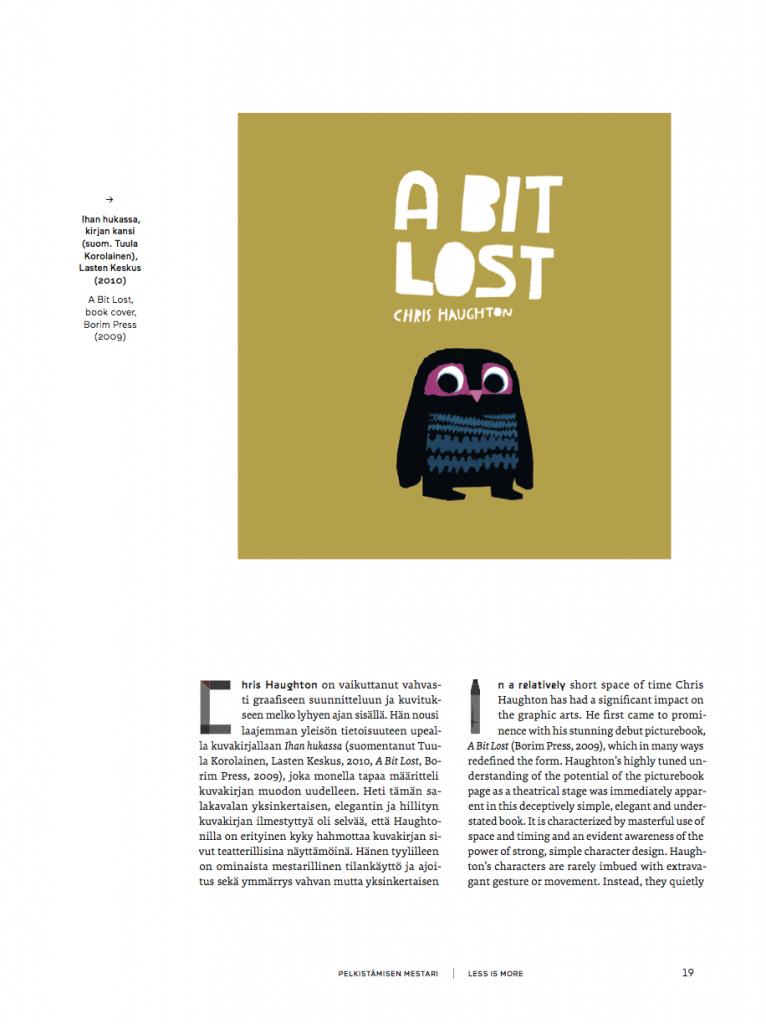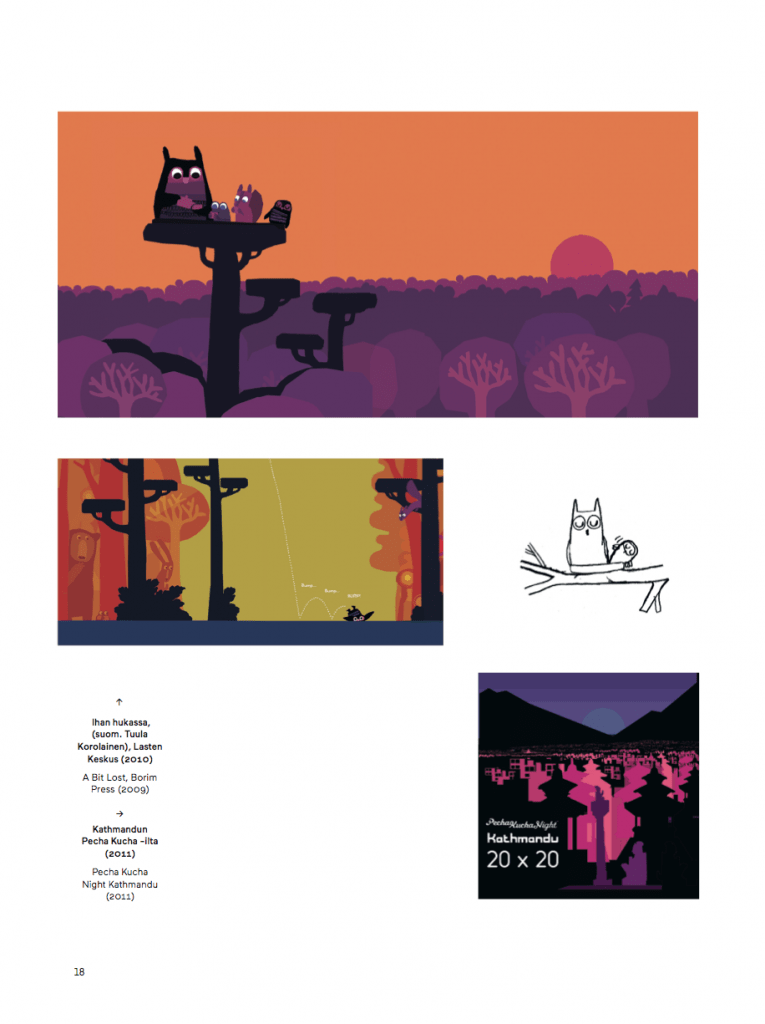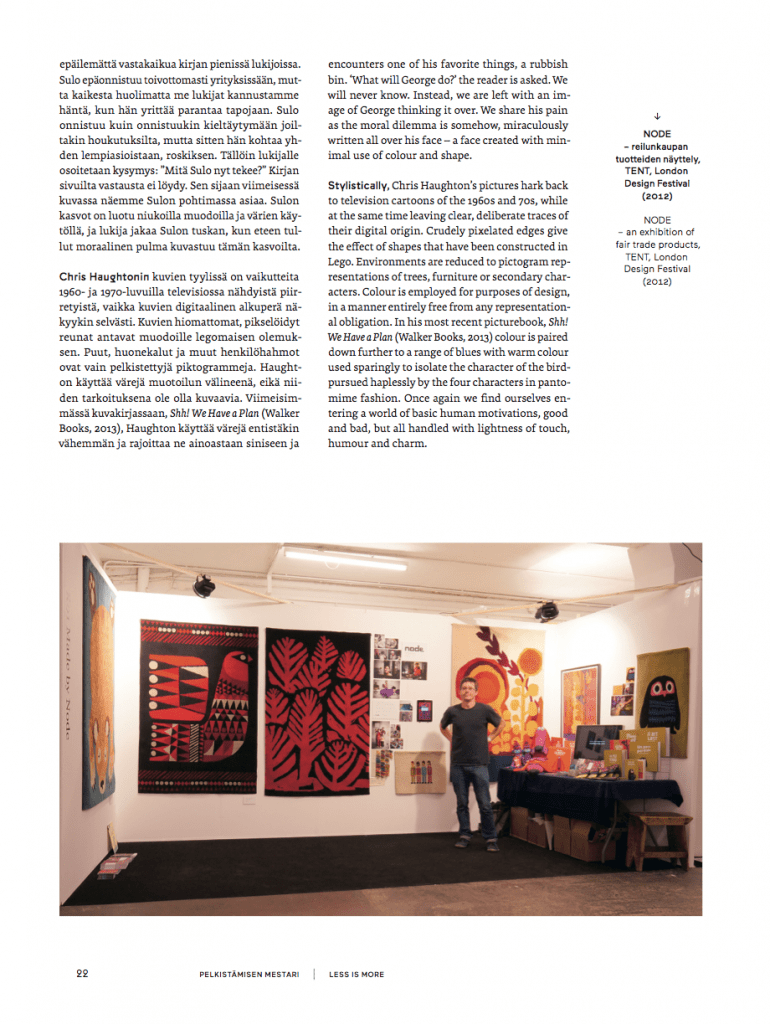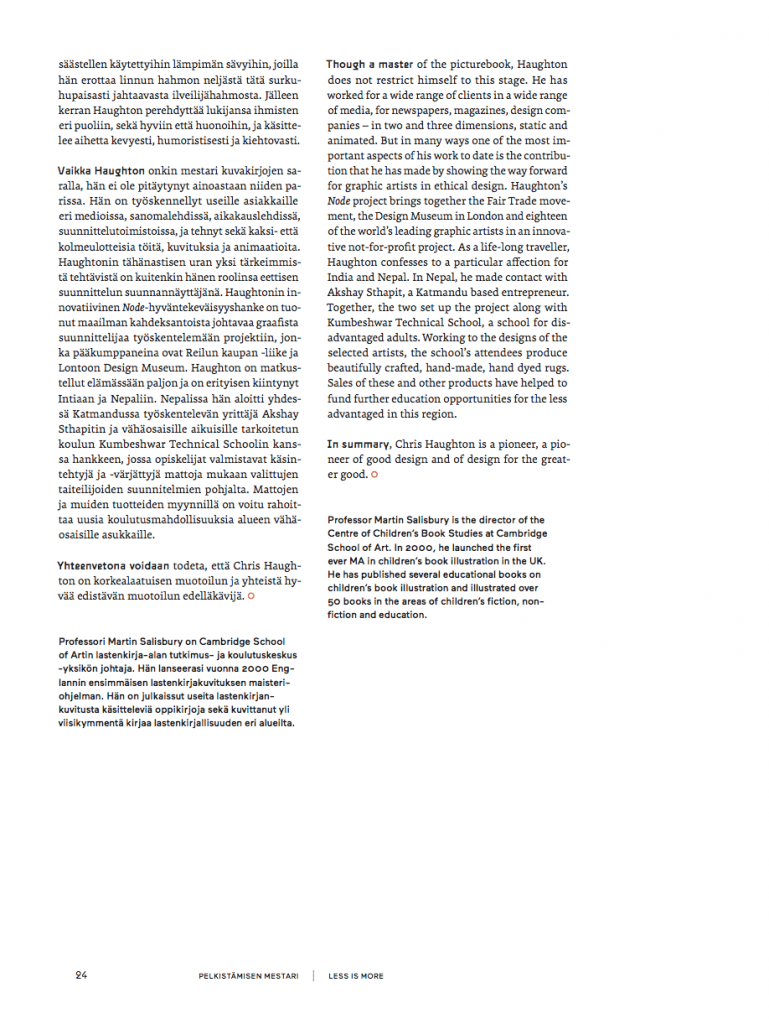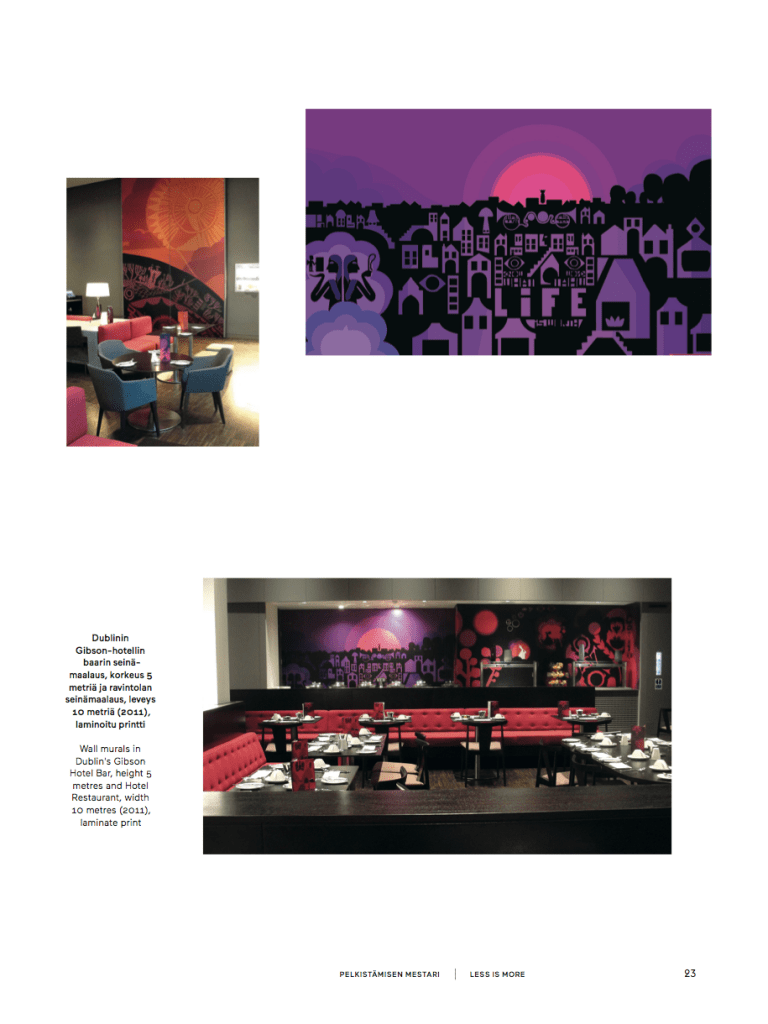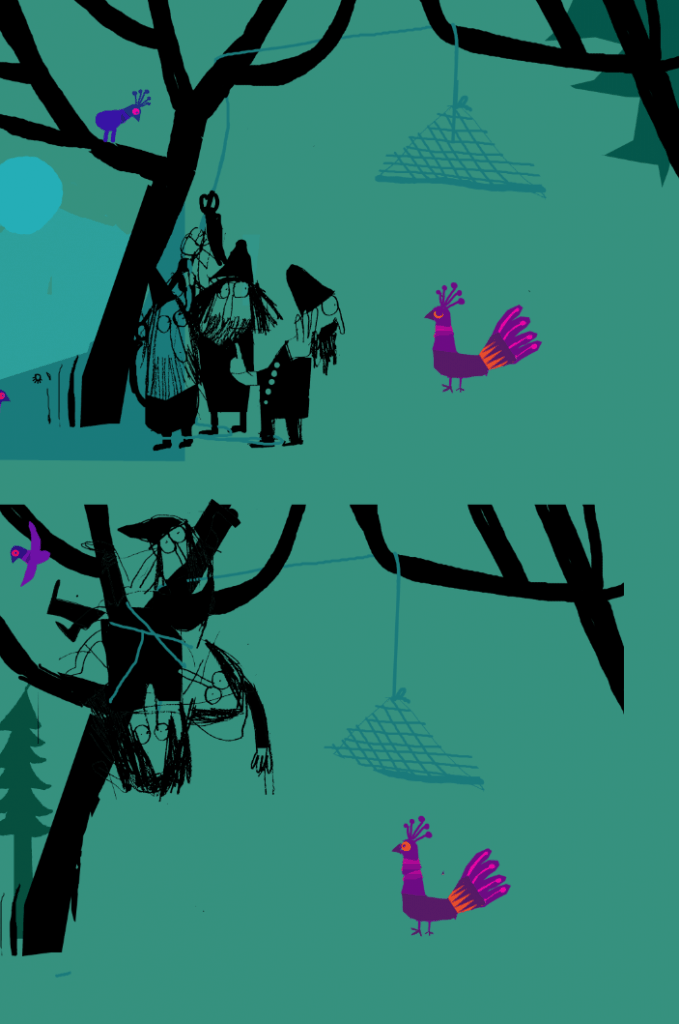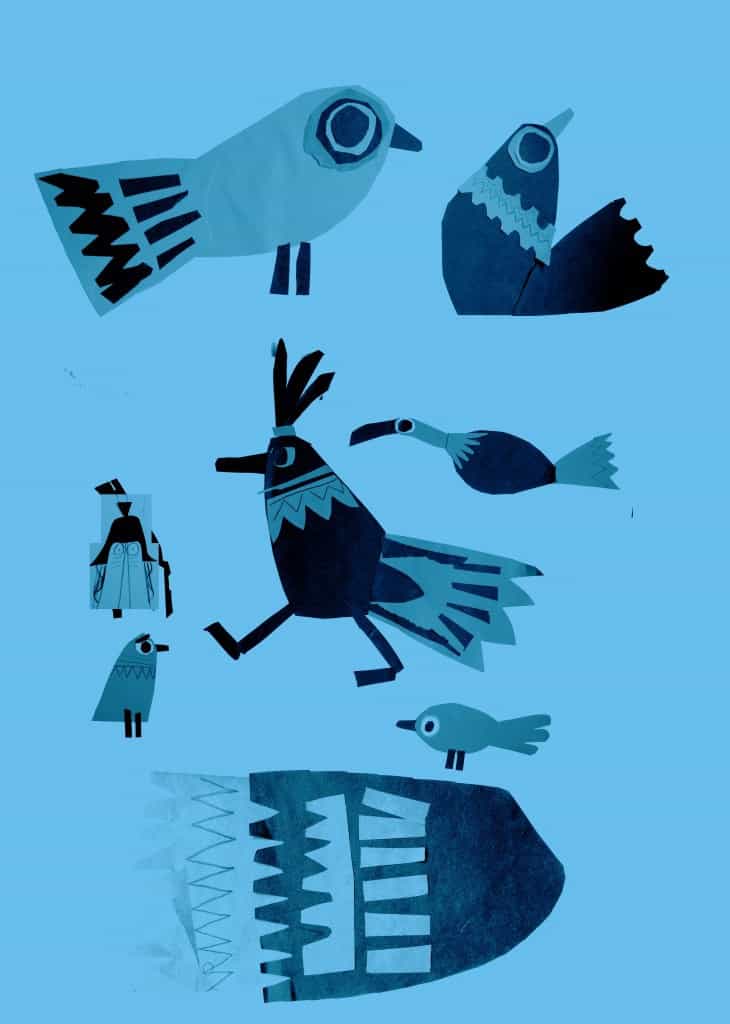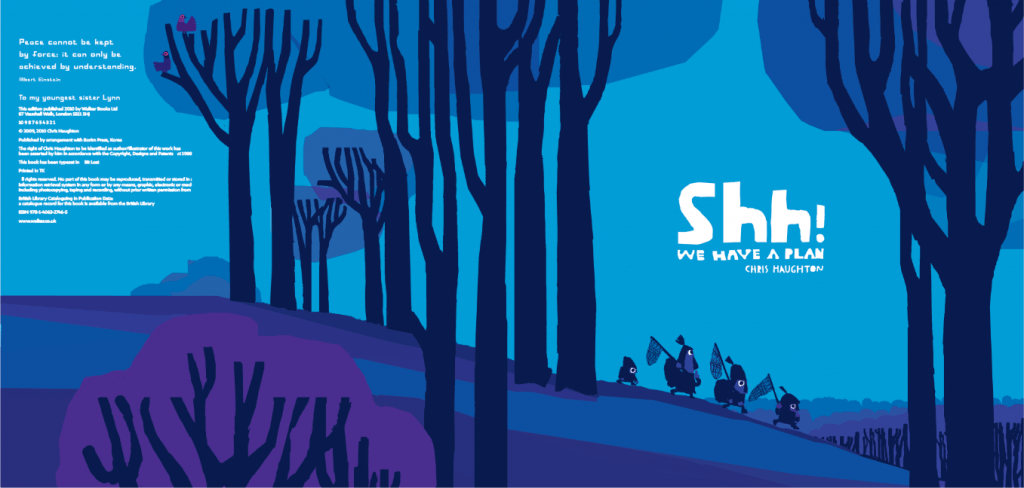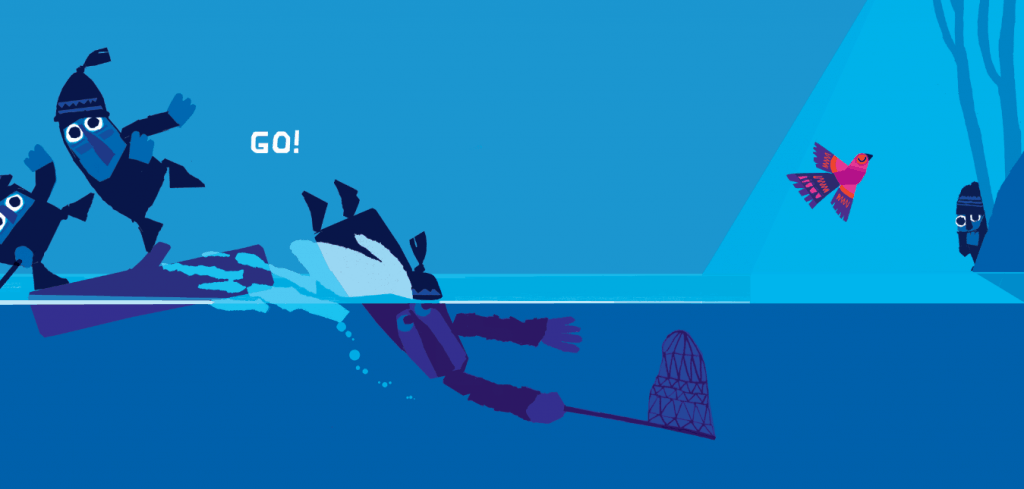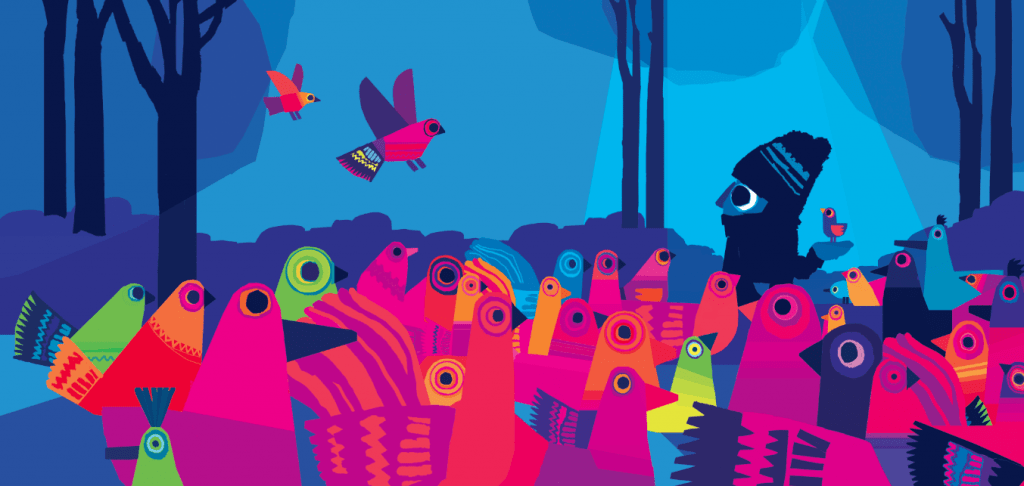CLPE Power of Pictures: writing ideas for teachers using picture books
I was asked by Charlotte Hacking of CLPE (Centre for Literacy in Primary Education) to work with a class of teachers in their Power of Pictures course. The course was designed to use pictures and picture books as a starting point into critical thinking, creative writing and literacy. Creative writing and anything to do with language was actually among my own least favourite subjects in school, so initially I felt a bit uncomfortable that I would be trying to help teach teachers how to teach it. But in a way, as i was a reluctant writer myself in school who has now found a way into writing as an adult i might have some ideas.
Charlotte studied art and is very passionate about picture books, she has worked for many years as a teacher before she got involved with CLPE. She designed this course with help from Ed Vere, one of my favourite picture book makers. The approach in introducing books to children was so inventive and interesting to me that i thought i should write this post so i could share it. I was amazed that my book which takes 2 minutes to read could be developed out into such engaging lessons and questioning and excercises over a full day or even several days or weeks. Not only that but in the way it was presented with a few tweaks the same book could work equally well in developing literacy from the very youngest to the older classes in Primary.
SLOWLY REVEALING THE TEXT:
IMAGES
We started out by looking at the characters in my book ‘SHH we have a plan’. we made their own version in collage and i showed some videos and pictures of clowns to get us in the mood. Through looking at the picture and characters closely we can learn more about them. Their motivations and attitude and maybe their personality
IMAGES TO WORDS
Next was translating images into words. Charlotte showed a few images from my book with the text removed to the class and they discussed each image. What is going on in each image, possible motivations of the characters and trying to empathise with each one or work out what they were thinking. Charlotte drew a thermometer on the board and everyone tried to think of better and better descriptive words to describe the scene. From ‘funny’ at first to ‘comical’ to ‘farcical’ etc. For the youngest this is a great way to develop oral vocabulary.
For the very young children one of the teachers put feathers all around the classroom one morning and asked the children where they thought the feathers came from which began an engaged discussion on prediction and inference of where the feathers may have come from and she slowly revealed the images from there. sounded like great fun!!
ACTING
Next was acting out the scenes. A scene with five characters was chosen. It has four characters pointing at a bird each with a slightly different expression or body language and the bird itself. the class was divided into 4 groups of five and each was to act out the scene and think of their own line to say in character. great fun and very entertaining.
Apparently when the teachers tested out this activity with their own class one girl refused to take part because she is against hunting (good for her!!!) The feedback from the teachers was fantastic and very entertaining.
PHOTOS
We then went out into the garden and took staged photos of the group attempting to catch the bird. In my books i try and do a before image and an after image so its funny on the page turn. Its quite a fun thing to set up as a funny before and after shot. We tried it out… Not entirely sure whether this will improve anyones writing but they would make great animated GIFs!
GALLERY
Next was laying out all the images from the book in order, but without words, a ‘gallery walk’. They tried to figure out the story and write their own lines for each page.
WRITING
They then wrote the story from the perspectives of a chosen character from the book.
Only then was the the story finally read out.
some ideas for making creative writing more engaging.
A CLEAR STARTING POINT
When i am illustrating, or teaching illustration, i find it less productive to come up with images without any clear starting point. I find the same goes with writing. The more specific the starting point is the better. If i am told i must write about a bear who is angry about something, with a purpose and an audience I can then get creative about thinking about what that bear can be like and what it is he is angry about. Although it is much more limiting than just being told to come up with whatever story I like, in a way it is freeing because it is asking you to think creatively focus on only one or two things rather than working with unlimited options. Apparently one common reason children do not like creative writing (especially boys) is that with writing there is never a correct answer. I think this was probably the case with me actually.
theres lots of ways of finding starting points. here are a few examples.
Choose a character, choose a problem for the character. How does it resolve, or does it resolve?
Pair into twos, invent a character, have a partner invent another character, they get into a fight about something. write about it from each point of view.
Open a dictionary randomly twice to find two words (or more) and make a story about those.
CAPTIONING
i came to writing by writing simple captions on my illustrations. it is often great fun to try to think of clever one liners for images to spark a story. I made a film using captioned family photographs with a school friend while i was in college. Finding a story from a pile of random photographs or images forces you to think creatively and often has unexpected or very funny results. Also a good way to collaboratively tell a story if a group is each given a selection of images and asked to tell a story together
STORY BOXES
In a similar way to using random photographs or images a teacher can use groups of objects in a box to suggest a story. A feather from a parrot might suggest a pirate or a jungle. A coin might suggest treasure or a robbery. Children can make up a story suggested by the objects
WRITING JOURNALS
this was one of Charlotte/CLPE’s idea for each student to take ownership of their own writing. A journal that each student can use to collect things they think are funny or interesting and they can write and draw in it with stickers or any colour pens they wish. They can choose what to write and write for fun. As a writer I always carry a notepad or sketchbook myself around everywhere. I began keeping a sketchbook in secondary school for my art and i really got a lot out of it. I think if i had one of those for writing its possible i would have enjoyed writing as much as drawing. In class after working in their journals volunteers can share some of their work with the class.
BOOK MAKING
Motivates and raises the status of presentation of their written work. It is important to present the work to each other so it is read by friends and classmates. It inspires others and a sense of competition and audience helps motivation.
